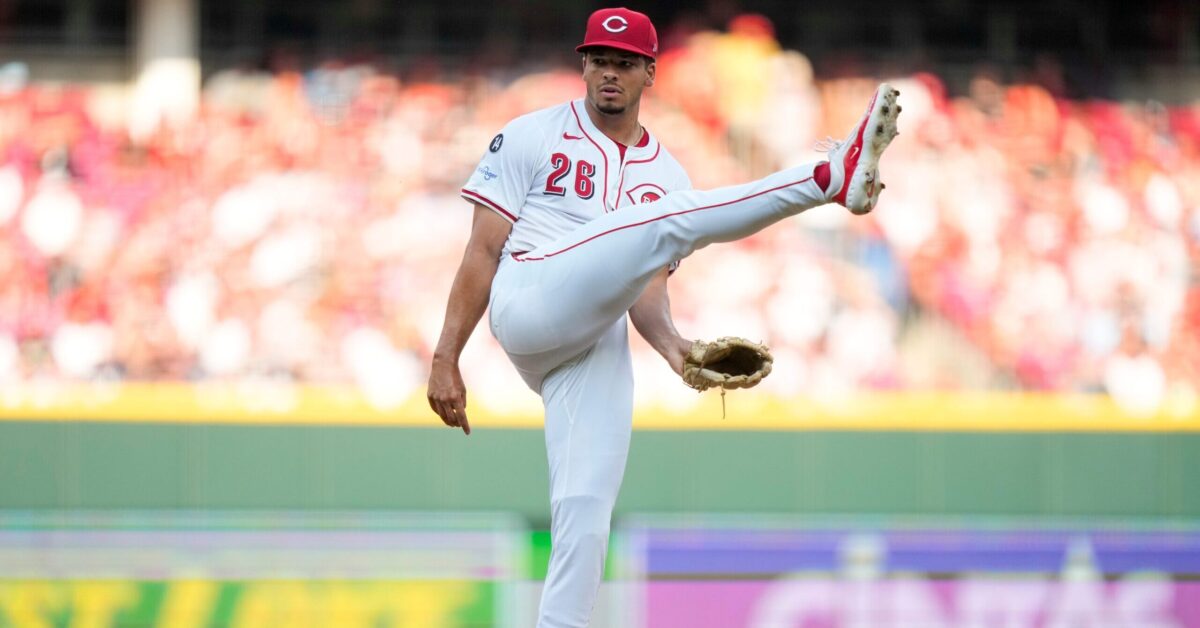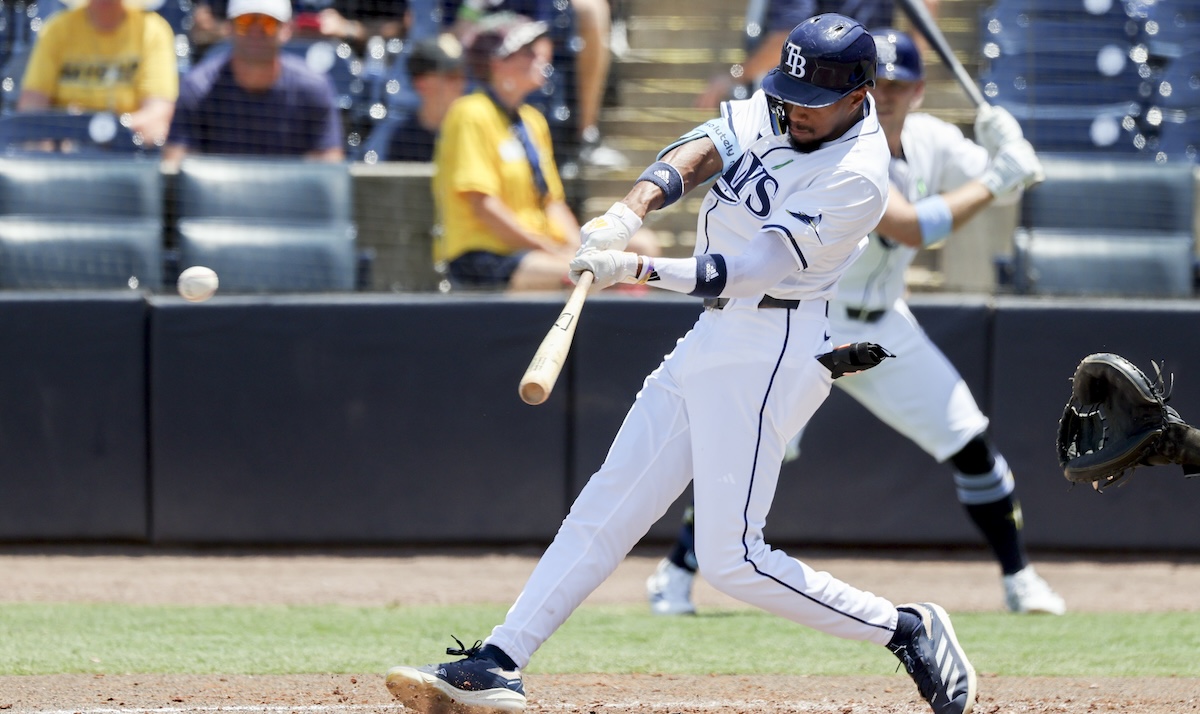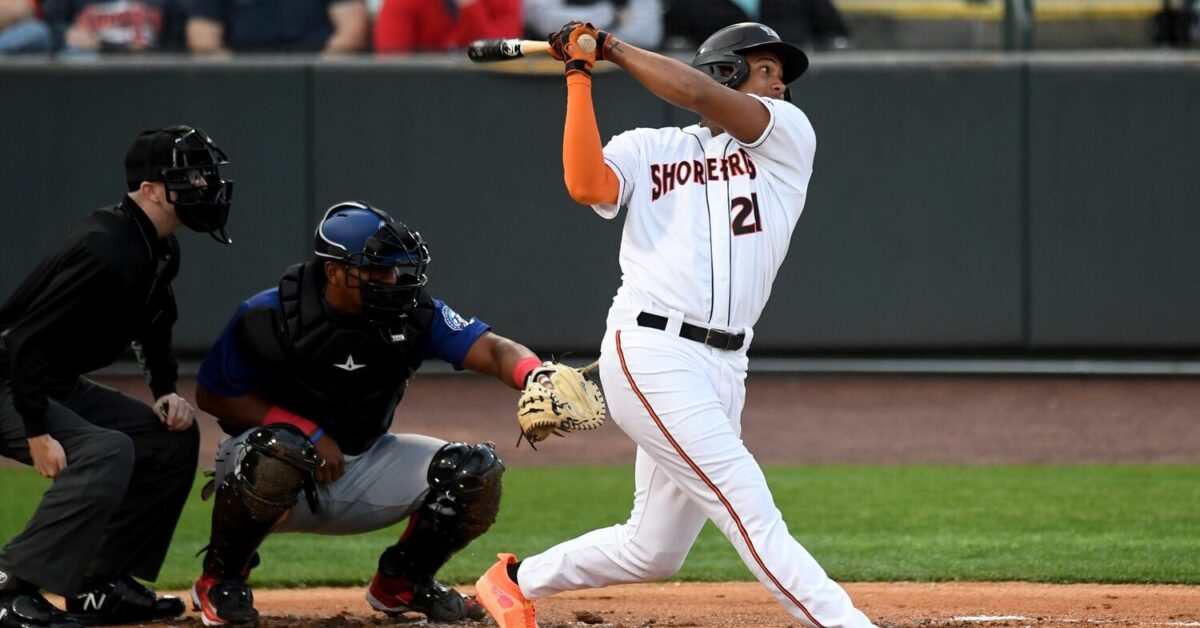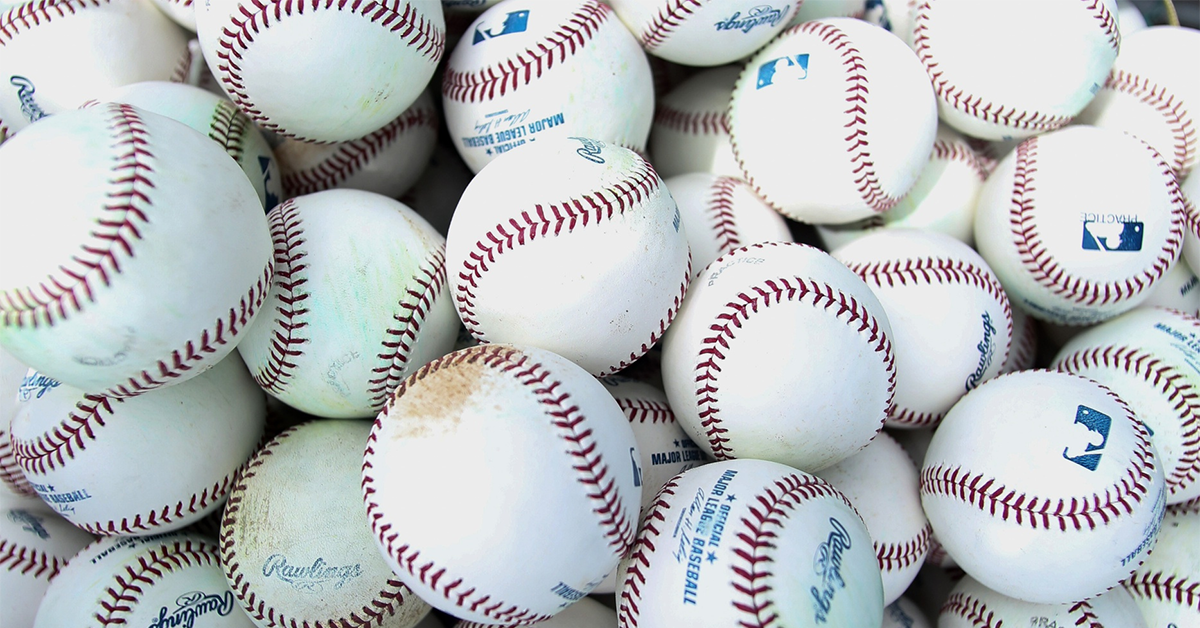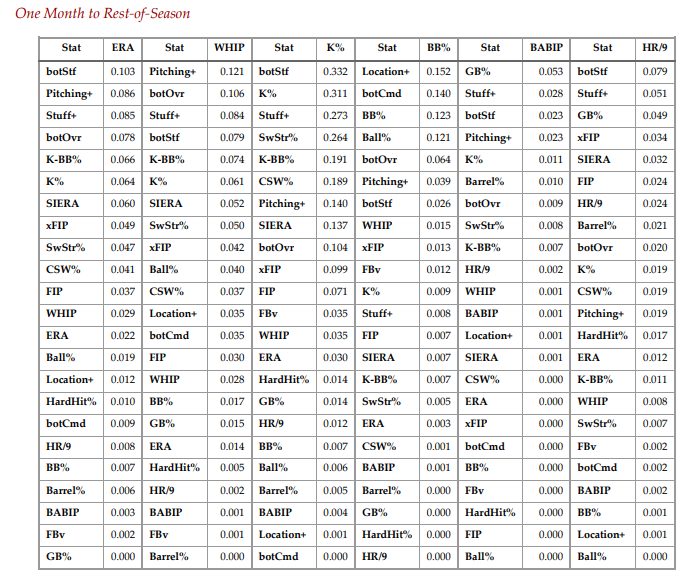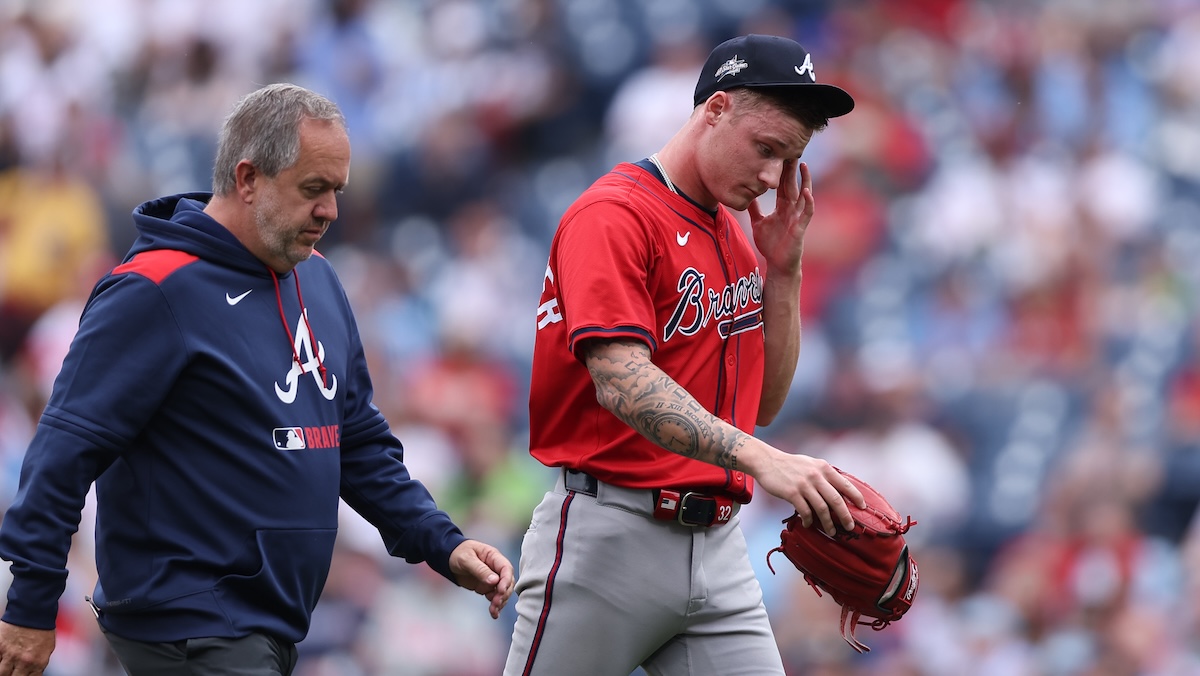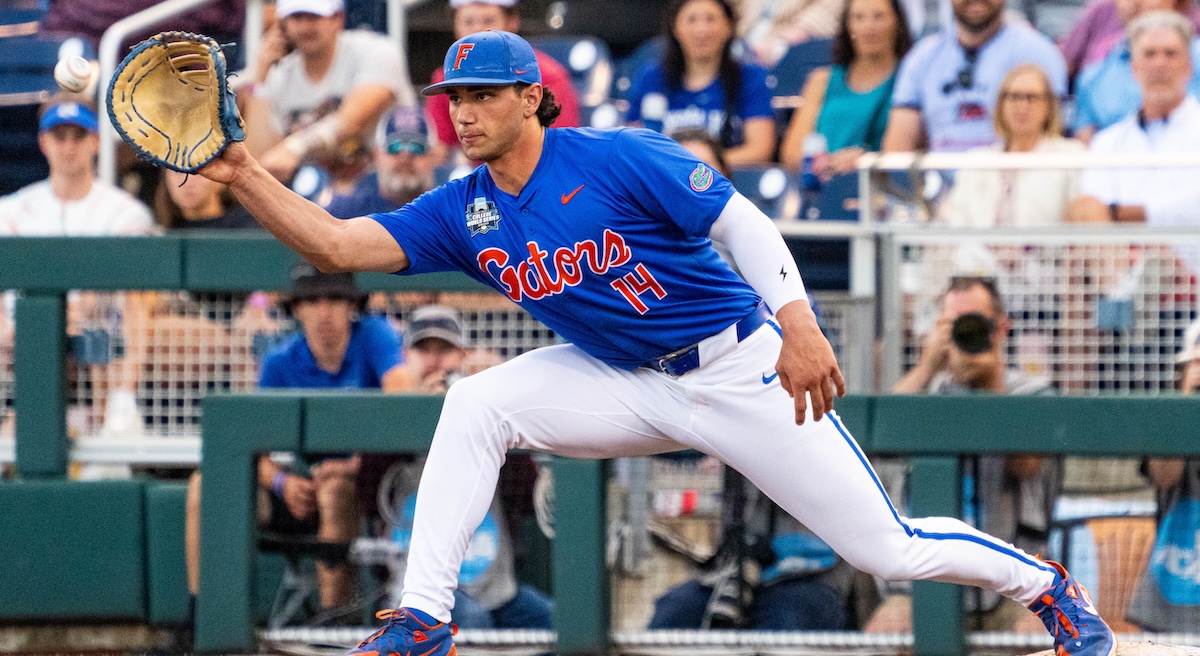Pitcher Playing Time Changes: June 27, 2025
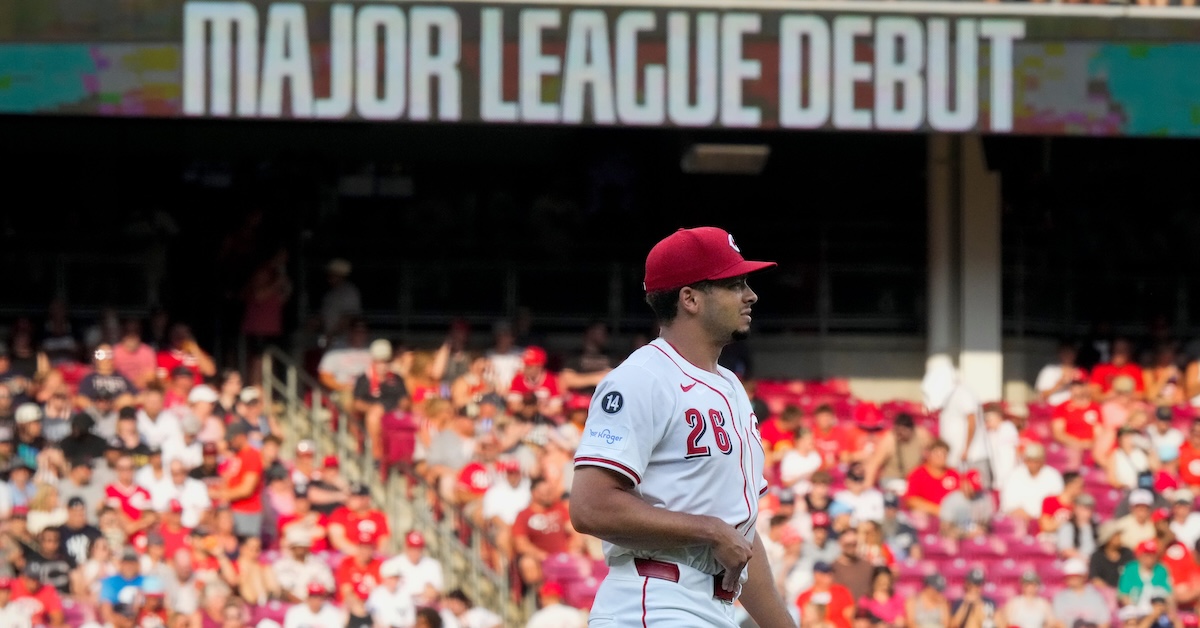
Below are the latest significant projected playing time changes for pitchers in the last week, with Chase Burns‘ MLB debut the big headline. As always, you can see the rest-of-season percentages for each team on the Depth Chart diagram here.
| Name | Team | Old % of Remaining GS | New % of Remaining GS | PT Change | Reason |
|---|---|---|---|---|---|
| Chase Burns | CIN | 2% | 13% | 11% | Called up, and looks legit! |
| Braxton Ashcraft | PIT | 2% | 7% | 5% | Moved to rotation, finally |
| Eric Lauer 라우어 | TOR | 5% | 10% | 5% | Pitching very well in Francis’ stead |
| Keider Montero | DET | 12% | 7% | -5% | Optioned to AAA |
| Ben Brown | CHC | 12% | 7% | -5% | Optioned to AAA |
| Chris Sale | ATL | 19% | 12% | -7% | Fractured ribcage |
| Nick Martinez | CIN | 16% | 9% | -7% | Might do some more bouncing back and forth from bullpen with Burns up |
| Spencer Turnbull | TOR | 8% | 0% | -8% | DFA’d |
| Max Meyer | MIA | 11% | 0% | -11% | Season-ending hip surgery |
| Name | Team | % Chg in Proj. RP IP | Reason |
|---|---|---|---|
| Nick Martinez | CIN | 191% | Might do some more bouncing back and forth from bullpen with Burns up |
| Wikelman González | CHW | 178% | Called up |
| Dedniel Núñez | NYM | 60% | Likelier to stick in bullpen with Canning hurt |
| Austin Warren | NYM | 53% | Likelier to stick in bullpen with Canning hurt |
| Jordan Hicks | BOS | 33% | Nearing Red Sox debut |
| Mitch Spence | ATH | -31% | Pitching too well in rotation to move back |
| Kumar Rocker | TEX | -38% | Pitching well in rotation since recall |
| Hunter Bigge | TBR | -41% | Facial fractures on foul ball |
| Max Kranick | NYM | -66% | Elbow strain |
| José Ruiz | ATL | -69% | DFA’d + outrighted |
| Matt Gage | DET | -74% | DFA’d |
| Dylan Floro | ATH | -100% | Released from MiLB deal |
| Hunter Stratton | PIT | -100% | DFA’d |
| Kutter Crawford | BOS | -100% | Wrist surgery |
| A.J. Puk | ARI | -100% | Elbow surgery |
| Cody Bradford | TEX | -100% | Elbow surgery |

